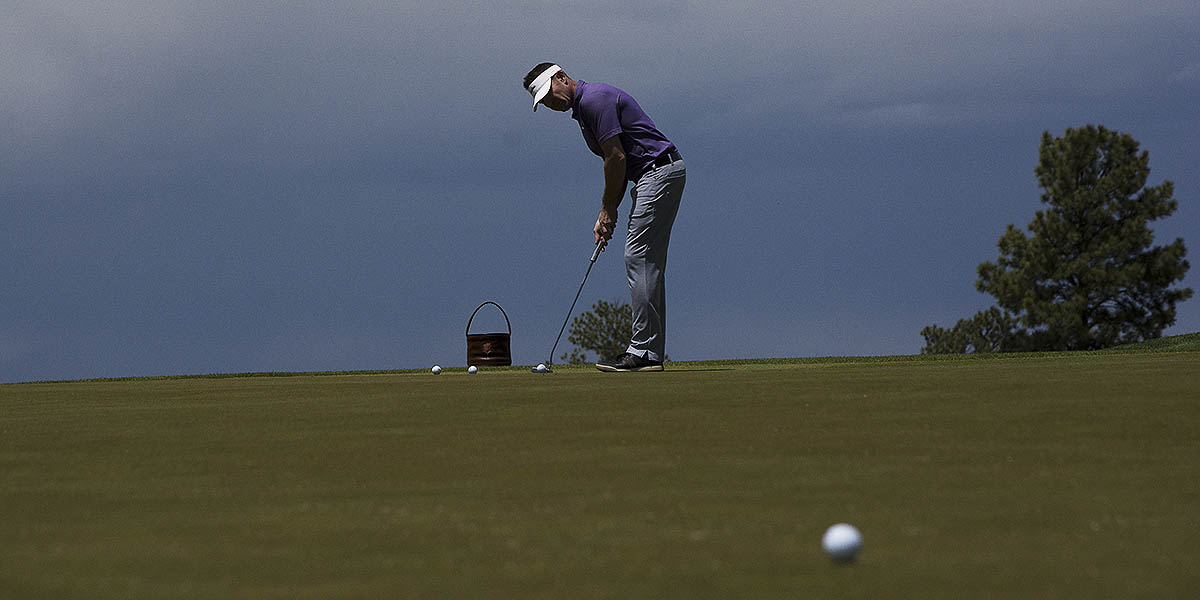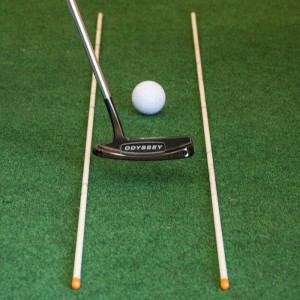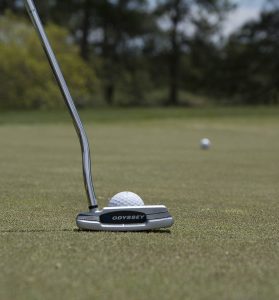RODEO DUNES: A NEW SHERIFF IN TOWN
The Colorado private-club solar system is about to see a giant new planet come into orbit

By Erin Menath
All too often I have clients that come in for a putting lesson struggling with their consistency on the greens. They tend to miss putts all over the place and believe it’s their stroke which is to blame – which, don’t get me wrong, it most often is. But, sometimes, it’s actually the style of putter they’re using that hinders their natural stroke instead of working with it, and this is what needs to be addressed.
Let’s discuss some of the key elements in a putting stroke that can influence the type of putter you should play, and then we can solve this potential issue with your putting you didn’t even know existed!

Straight stroke or arced?
To get started, you first need to determine your natural stroke path. Do you naturally make a straight-back-straight-through path? Or do you find it more comfortable to have a slight to strong arc in your putting stroke?
To find out, place a few feet of masking tape on the ground (parallel to your toe line) with your putter set on top of it. A set of alignment rods works great as well. Then hit putts in this manner and assess how much the putter does, or does not, veer off of the masking tape’s straight edges.
Useful tip: It also helps to assess the speed of the greens you typically play. If they’re fast, you’ll fare better with a lighter putter head. If they’re slow, a heavier putter may suit you better.
How to choose the correct putter style
Now that you know what kind of stroke you have, follow these guidelines when choosing your next putter:
Don’t forget to determine your ideal length, lie and loft
It’s hard to a be a good putter if you contact the ball inconsistently on the putter face. As I mentioned in the opening section, this is often due to poor mechanics. But, sometimes, it can occur from using the wrong style of putter for your stroke.
If you’re one who instead tends to hit off-center putts in the same general area on the face, however, you likely have an incorrect setup of length, lie and loft.
This is why it’s important to have a professional club fitter help when you’re purchasing a putter. But if you’re not even sure where you land on the putter-style-to-fit subject to begin with, here’s a quick tip to help determine whether your strike is inconsistent, or consistent but still off-center:
Spray some foot powder on the putter face, roll some putts and look at the dispersion of the impact points. If they’re all over the face, then you are – you guessed it – inconsistent. If the marks are pretty much in the same area yet not on the center of the face, then you likely have the incorrect length and/or lie angle, and it’s best to let a fitter fully help dial this in.
A killer infographic on choosing the right putter
Now that you’re armed with this information, use the chart below to find the putter style that fits you best and never putt with the wrong type of putter again!
Keep in mind, though, while these are generally accepted guidelines for finding the right putter fit, it’s very important to find a putter that both looks and feels good TO YOU, providing confidence over every putt. Because, like anything in golf, confidence is always the biggest key to playing your best.

Colorado AvidGolfer Magazine is the state’s leading resource for golf and the lifestyle that surrounds it, publishing eight issues annually and proudly delivering daily content via coloradoavidgolfer.com.
The Colorado private-club solar system is about to see a giant new planet come into orbit
Boy Scout turns to golf to help honor the Greatest Generation
Renate Shafer of Castle Rock scores hole-in-one at The Links in Highlands Ranch
3 Common Errors and 3 Drills to Help You Improve